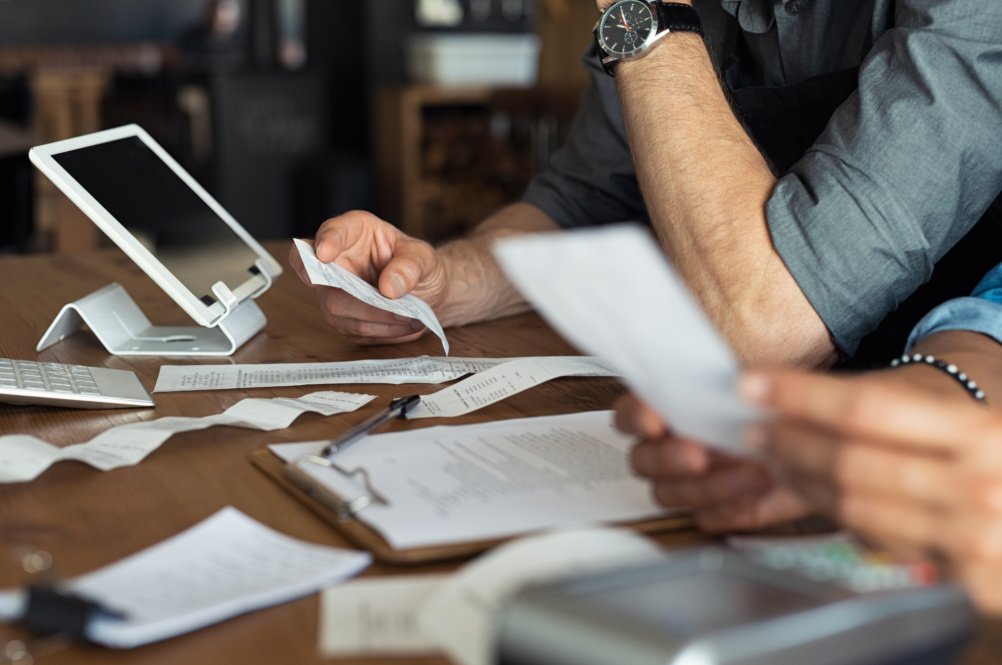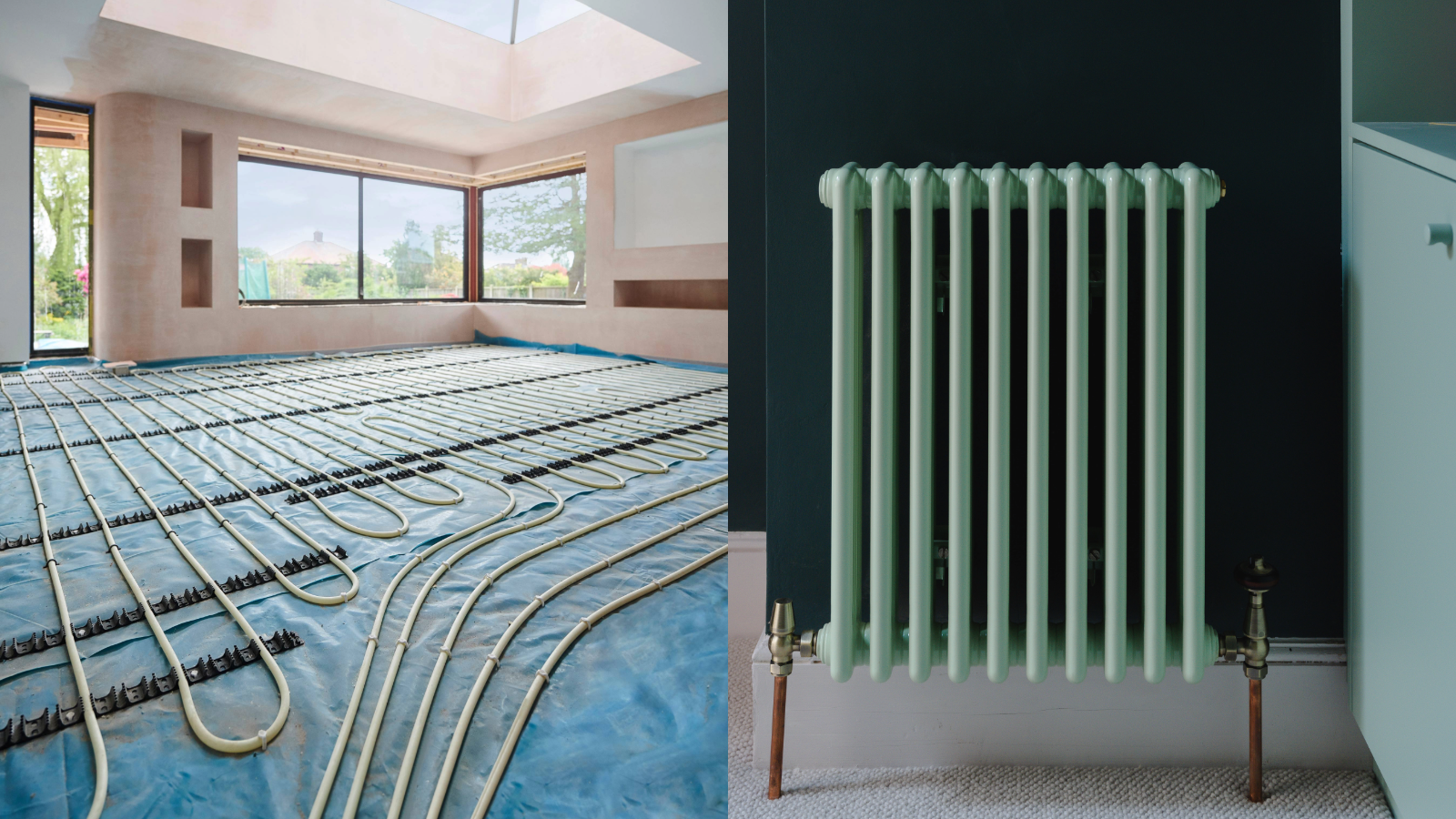VAT on a New Build: Can I Reclaim?
Self builders can often overlook the fact that they can reclaim VAT on a new build or conversion project. Here’s how to navigate the process and which projects are eligible

With all the planning, decision making and, in some cases, actual building involved in bring your homebuilding vision to life, it is quite easy for self builders to forget to reclaim VAT on their new build house under HMRC’s DIY Housebuilder’s Scheme.
But if you want your self build project to be financially successful, this stage is vital.
As long as your project is eligible and you keep all the necessary receipts to submit with your claim, you could reclaim the 20% of the total project budget accounted for by VAT.
This article will explain all you need to know about reclaiming VAT — from the aspects of the project that you can reclaim on, what documentation you will need to provide and most importantly, which projects are eligible.
(MORE: The Complete Guide to Self Build)
What are the Rules When Reclaiming VAT on a New Build?
The DIY Housebuilders Scheme (Notice VAT431NB for new builds and Notice VAT431C for conversions) allows you to reclaim VAT from HMRC that you have paid out for your project if you are:
- building a new house
- converting a building into a new dwelling
- bringing an existing dwelling that has not been lived in for 10 years back in to use.
To be eligible, the project has to create a new dwelling in its own right. Extensions, refurbishments and annexes, do not create a new dwelling in their own right, and so are not eligible.
Bring your dream home to life with expert advice, how to guides and design inspiration. Sign up for our newsletter and get two free tickets to a Homebuilding & Renovating Show near you.
Your project must be lawful, for personal occupation by you or a family member and evidence of completion must be provided. Some planning permissions include conditions or restrictions on use or occupancy, which may mean that the project is not eligible.
If your project changes in nature during the course of works (e.g. from an extension to a demolition and new build), then to be eligible you must obtain planning permission confirming this before works continue.
For every self build, HMRC will request to see:
- valid planning permission, including your detailed plans
- evidence of completion (usually a completion certificate, habitation certificate or a valuation office listing letter)
Only one claim is allowed and all relevant documentation and invoices (which we’ll come onto) have to be submitted to HMRC within three months of your completion certificate being issued.
You will usually get the refund within 30 working days of sending in the claim.
How Much VAT Can I Reclaim on my Self Build?
Many self builders regularly overlook this area, but you should ensure that you are charged the correct rate(s) of VAT on all costs associated with your project.
Find out how much your self build will cost with our Build Cost Calculator
Getting this right is very important, as HMRC will not refund any VAT that has been incorrectly charged.
For new builds, conversions, and renovations that bring a dwelling that has not been lived in for 10 years back into use as a dwelling:
- The supply of materials only is always at the standard rate of VAT, which is currently 20% (5% on some energy items). You can recover all of the VAT incurred on eligible materials via the scheme
- The supply of labour only or the joint supply of labour and materials should be at the zero rate (0%) for new builds and at the reduced rate, currently 5%, for conversions and renovations that bring a dwelling that has not been lived in for 10 years back into use as a dwelling. At the end of the project, the owner can reclaim the 5% VAT on eligible joint supply of labour and materials.
Obtain and keep all relevant invoices to ensure that you can recover all eligible VAT.
Remember, you can recover the eligible VAT on invoices that include both eligible and non-eligible items.
What Projects Can I Reclaim VAT On?
The type of projects you can reclaim VAT on under the DIY Housebuilders’ scheme include:
- New builds. Creating a new dwelling built from scratch, providing it is to be used by you or your relatives as a family home for residential or holiday purposes. Any existing building must be demolished to ground level. Where required by planning consent, an existing façade can be retained
- Garages for use with the new dwelling and covered by planning permission at the same time
- Conversions that create a new dwelling. Converting a non-residential building, for example, a barn, old church, business premises, into a new dwelling
- Renovations that bring a dwelling that has not been lived in for 10 years back into use as a dwelling
- If the new build or conversion is a holiday home for you and your family’s personal use
- Landscaping and outside works covered by your planning permission. This may include paving, fencing, turf and shrubs, and so on.
Which Projects Can I Not Claim VAT Back On?
- Extensions and self-contained accommodation (for example, a granny annexe) that do not create an independent dwelling in their own right, unless built at the same time as part of a new dwelling
- Separate buildings that are part of your planning permission, apart from a garage — for example, a garden store or a detached swimming pool building
- Refurbishments of existing dwellings (unless empty for 10 years)
- A new dwelling constructed for any business use, such as a holiday rental or buy to let
Which Materials Can I Claim VAT Back On?
Examples of the materials you can claim VAT back under the DIY Housebuilders’ scheme:
- All materials normally incorporated in a new dwelling — all construction materials, for example, concrete, blocks, bricks, insulation, sand, cement, plaster, timber, roofing, stairs, windows, guttering, doors, paint, etc
- Electrical and plumbing materials
- Fitted furniture such as kitchen units and worktops
- Extractor fans
- Fittings, such as light fittings, wooden floor systems, linoleum, floor tiles, door furniture, fireplaces and fires, fixed towel rails, mirrors, solar panels, boilers, sewage treatment plants, TV aerials, curtain poles
- Swimming pools and saunas inside or linked to the new dwelling
- Delivery charge included on an invoice for materials
Materials you Cannot Claim VAT Back on Include:
- Equipment hire, for example, scaffolding, JCB hire (machine only), WC hire, etc
- Consumables, for example, paint brushes, hand tools, etc
- Professional fees, for example, architects’ fees, Standard Assessment Procedure (SAP) Calculations, project manager
- Kitchen appliances, including those integrated, for example hob, oven, dishwasher
- Bedroom furniture, bathroom furniture, such as vanity units and free-standing units
- Carpets
- Delivery costs, when separately invoiced by a courier
Getting Advice on Reclaiming VAT on a New Build
Many tradespeople and contractors are not experienced in dealing with the VAT rules on new builds and eligible conversions.
They sometimes say: ‘it doesn’t matter now, as you will get the VAT back at the end anyway’.
However, this is not true. Don’t leave it to the contractor.
If you are unsure of any aspect of VAT on your project, engage the services of a professional to help you get it right.
Special Circumstances
- Renovations to dwellings empty for two years or more are eligible for the reduced rate of VAT of 5% via a VAT-registered contractor
- Works involving a net change in the number of dwelling units are also eligible for the reduced rate of VAT of 5%. Examples include converting two cottages into one house or reverting three flats back into a house
- Some adaptations work to alter a house for someone who is disabled is zero rated for VAT.
These reduced VAT rates are only available via VAT-registered contractors and not under the DIY Housebuilders Scheme.
The Importance of Valid VAT Invoices
Ensure you retain all valid VAT invoices, as the originals must be submitted to HMRC with your claim.
Electronic payment receipts and emails confirming orders are not valid VAT invoices and so any VAT paid is potentially lost.
Invoices should include:
- the supplier name
- their VAT number
- the invoice date
- a description of the goods supplied (and services if applicable)
- the value of the invoice
If one of your tradespeople/contractors uses their trade account to source your materials and so is in their name, ensure that you pay the supplier direct and keep the evidence, as it will be required.
The VAT incurred on invoices from VAT-registered suppliers in the EU can be claimed too, as long as the invoice includes the relevant information (including their VAT number).
Many purchases are made online these days, so ensure that you obtain a valid VAT invoice when buying, as this may prove difficult to obtain at a later date.
How to Reclaim VAT – Summary
- Ensure your project is eligible
- Ensure that you are charged the correct rates of VAT on all invoices
- Don’t ask a non-VAT registered contractor to supply materials, as you won’t be able to reclaim VAT on those materials
- Ensure that you are charged the zero rate of VAT on the supply of labour only and the joint supply of labour and materials on new builds
- Obtain valid VAT invoices as you go and keep them safely together
- Keep all of your relevant invoices together
- Ensure your claim is made within three months of completion
- Engage the services of a professional to ensure you recover the maximum amount of VAT and so minimise its impact on your budget
About the Author
Andrew McDonald (MAAT FCCA) is a qualified accountant who has built his own house.
He prepares and submits VAT claims for domestic clients and assists clients who require VAT advice throughout their project.
He also deals with HMRC reviews and appeals, and tribunal cases following rejected VAT claims.
